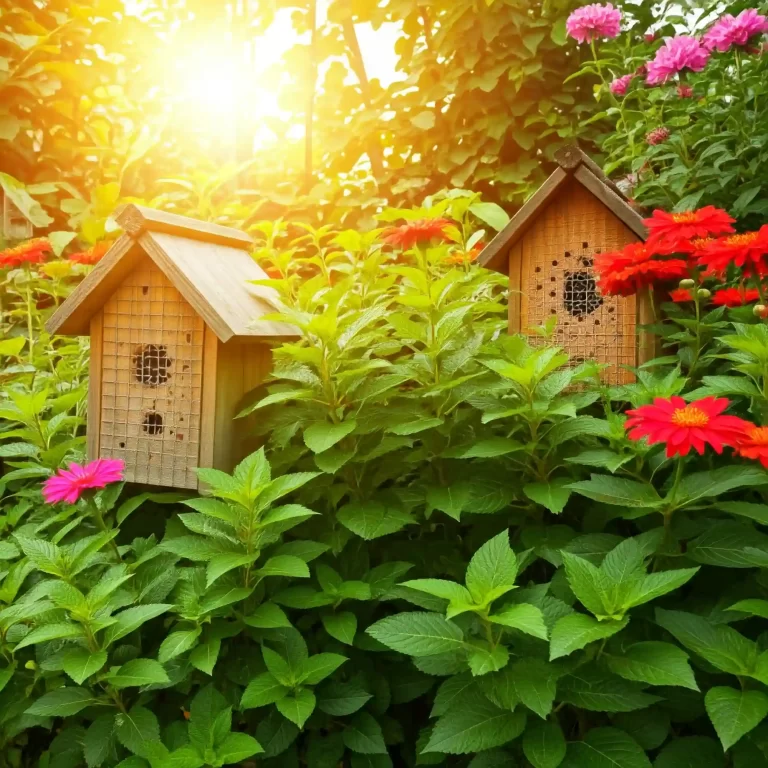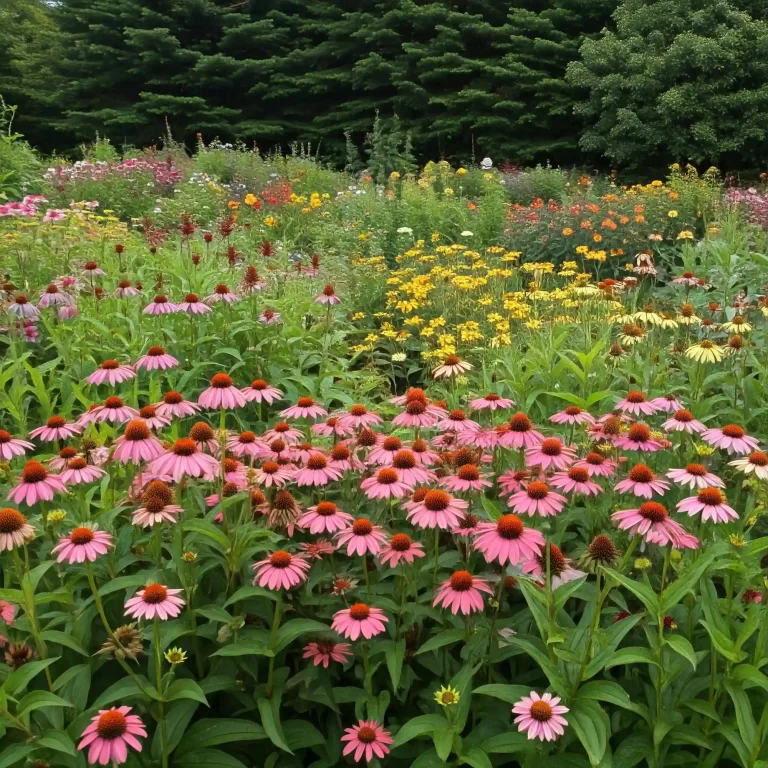Key Takeaways:
- Ditch the harsh chemicals! Organic pest control offers safe and effective solutions for common household and garden invaders.
- Learn to identify common pests and their signs.
- Discover a range of natural solutions tailored to specific critters.
- Implement preventative measures to keep your home and garden pest-free.
What is Organic Pest Control?
Ever woken up to find those tell-tale ant trails snaking across your kitchen counter, or discovered your prize petunias riddled with holes? Pests are a nuisance, but before you reach for the chemical sprays, consider a more natural approach: organic pest control.
Organic pest control prioritises preventative measures and non-toxic solutions to manage unwanted critters in your home or garden. Unlike chemical pesticides, which can harm beneficial insects, pets, and even ourselves, organic methods focus on disrupting pest life cycles and creating an environment less hospitable to them.
Identifying the Enemy: Common Household & Garden Pests
The first step to tackling a pest problem is figuring out who you’re dealing with. Here’s a rundown of some common culprits and the signs of their unwelcome presence:
In the Home:
- Ants: Look for trails of ants, especially near food sources. They’re attracted to crumbs, spills, and sugary treats.
- Spiders: Cobwebs are a dead giveaway, but spiders can also be spotted lurking in corners and behind furniture.
- Cockroaches: These nocturnal creatures leave droppings that resemble dark peppercorns. Keep an eye out for them scurrying around at night.
- Rodents: Droppings, gnaw marks on food packaging, and even squeaking noises in the walls are all signs of a rodent infestation.
In the Garden:
- Aphids: These tiny, sap-sucking insects cluster on the undersides of leaves, causing them to curl and distort.
- Slugs & Snails: Slime trails and chewed leaves are telltale signs of these slimy garden dwellers.
- Beetles: Look for chewed leaves and damaged fruits and vegetables. Some beetle varieties leave distinctive holes.
- Whiteflies: These tiny white insects flutter around the undersides of leaves, releasing a sticky substance called honeydew.
Natural Solutions for Common Pests
Now that you’ve identified your foe, it’s time to unleash the natural pest-fighting arsenal! Here’s a breakdown of effective organic solutions for some common invaders:
Ants:
- Diatomaceous Earth: This powder dehydrates ants with its microscopic sharp edges. Sprinkle it around entry points and ant trails.
- Peppermint Oil Spray: Mix a few drops of peppermint oil with water in a spray bottle. The scent repels ants and discourages them from returning.
- Vinegar Solution: Combine equal parts vinegar and water in a spray bottle. Spray directly on ant trails or wipe down surfaces they frequent.
Natural Solutions for Common Household Pests
| Pest | Solution |
|---|---|
| Spiders | Encourage their natural predators, like daddy longlegs, by creating a habitat for them in your garden. Alternatively, capture and release them humanely outdoors. |
| Cockroaches | Make your home less inviting by sealing cracks and crevices, storing food in airtight containers, and taking out the trash regularly. Consider using boric acid powder in areas where they frequent (Caution: Keep out of reach of pets and children). |
| Rodents | Set snap traps baited with peanut butter or cheese in areas where you’ve seen signs of activity. Alternatively, use a humane trap and release them far from your home. |
Natural Solutions for Common Garden Pests
| Pest | Solution |
|---|---|
| Aphids | Blast them off plants with a strong jet of water from your hose. Alternatively, spray them with a solution of insecticidal soap or neem oil (a natural oil derived from the neem tree). |
| Slugs & Snails | Handpick them off your plants at night or create a beer trap by sinking a shallow dish filled with beer into the soil. The slugs will be attracted to the beer and drown. |
| Beetles | Handpick them off your plants and drop them into a bucket of soapy water. Encourage birds, natural predators of beetles, to visit |
Building a Fortress: Preventative Measures
An ounce of prevention is worth a pound of cure, as the saying goes. By taking some proactive steps, you can create a less welcoming environment for pests and minimize the need for reactive solutions. Here are some preventative measures you can implement:
- Keep it Clean: Eliminate potential food sources for pests. Regularly clean up crumbs, spills, and pet food debris. Empty trash cans frequently and store food in sealed containers.
- Seal it Up: Check for cracks and crevices around windows, doors, and foundations. Seal any entry points with caulk or weather stripping to prevent pests from finding their way inside.
- Store it Right: Store food items like grains, cereals, and nuts in airtight containers to deter pantry pests.
- Welcome the Good Guys: Attract beneficial insects like ladybugs, praying mantises, and lacewings to your garden. These natural predators help keep pest populations in check. You can plant flowers that attract these beneficial insects, such as dill, fennel, and marigolds.
- Promote Plant Health: Healthy plants are more resistant to pest attacks. Ensure your plants receive adequate water, sunlight, and nutrients.
- Rotate Crops: In your garden, practice crop rotation to disrupt pest life cycles that rely on a specific plant being present year after year.
By implementing these preventative measures, you can create a more resilient ecosystem in your home and garden, making it less susceptible to pest infestations.
Conclusion: A Natural and Sustainable Approach
Organic pest control offers a safe, effective, and sustainable approach to managing unwanted pests. By understanding the natural world and utilizing its resources, you can create a more harmonious environment for yourself, your family, and the beneficial creatures that share your space. Remember, prevention is key! By keeping your home and garden clean, creating a habitat for beneficial insects, and choosing natural solutions when necessary, you can keep those pesky critters at bay and enjoy a pest-free haven.


